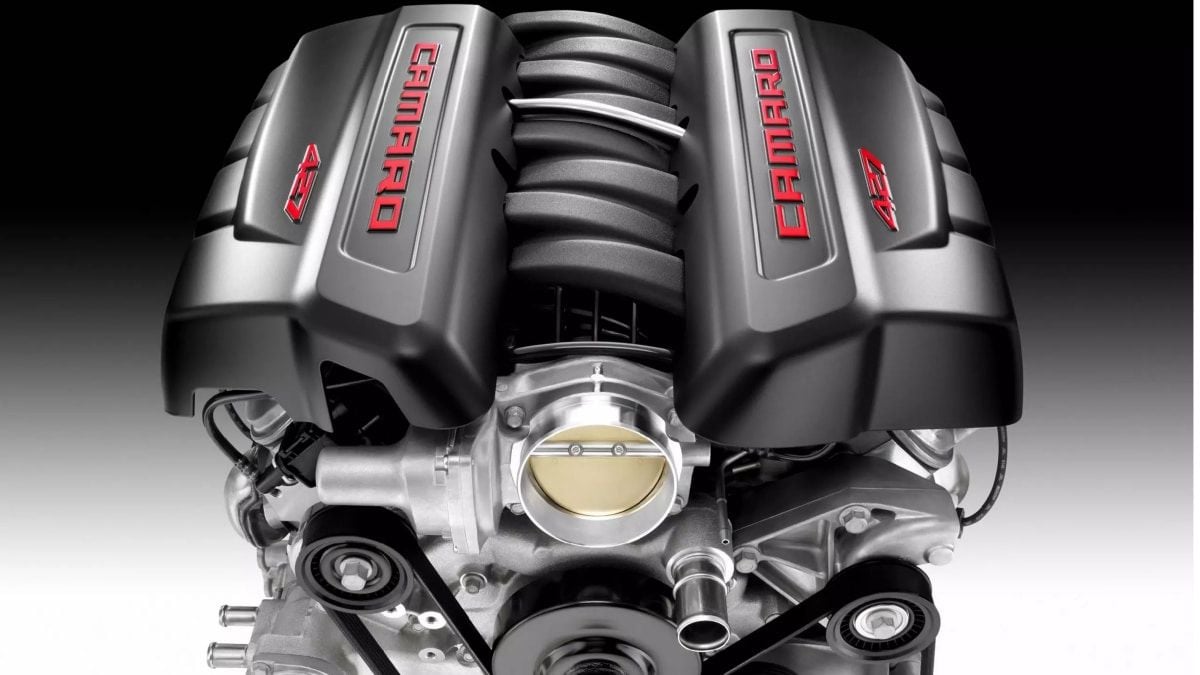Japanese sports cars have one of the most fanatic fan bases. While pop culture has played its role in securing a legendary status for many JDM cars, there is no denying that Japanese carmakers know how to make a capable sports car that's driver-focused. Japanese carmakers know how to make a capable sports car even without resorting to big horsepower.
Nevertheless, the below-mentioned cars offer plenty of space for performance enhancements. Instead of modifying the stock architecture, many enthusiasts go for the legendary LS V-8 engine. The American pushrod V-8 comes with a few important benefits – affordable performance, vast aftermarket support, lower profile, relatively low weight, and reliability.
Mazda MX-5

The Mazda MX-5 Miata was never about straight-line speed. It was always (and still is) an affordable roadster that spoils the driver with a fun, nimble chassis, very low weight, and the ability to use all of its power in most occasions. While some drivers are perfectly fine with the stock MX-5, some resort to forced induction or even swapping in a V-8. In fact, there are companies like V-8 Roadsters that sell ready-made LS swap kits for the Miata.
Interestingly enough, LS-swapping a Mazda Miata can be done with very little fabrication and you can even go without modifying the front sub-frame, depending on the LS variant. As a bonus, the LS V-8 has a much lower profile than even the NA Miata's 1.6-liter unit (24 inches vs 36.5) and is not much longer than your typical inline-four. You can find a good LS3 engine for under $10,000 and you are effectively quadrupling the Miata's power output.
Nissan S-chassis
Whether it's the S13, S14, or S15 generation, the Nissan 240SX or Silvia (depending on the market) is a common recipient of GM's LS V-8 engines. The engine bay offers plenty of space and the LS V-8 doesn't mess with the Japanese sports car's already superb balance. At 357 pounds, a 6.2-liter LS3 V-8 weighs just 19 pounds more than the SR20 DET four-cylinder, usually found in the Nissan S14 and S15.
It is a well-known fact that the Nissan S-chassis models are a popular choice for building drift rockets, and a torquey American V-8 only enhances the car's tire-shredding capabilities. Unfortunately, the Nissan S-chassis market is crazy due to the "Drift tax", which means, the next car on the list might be a better alternative.
Infiniti G35/ G37
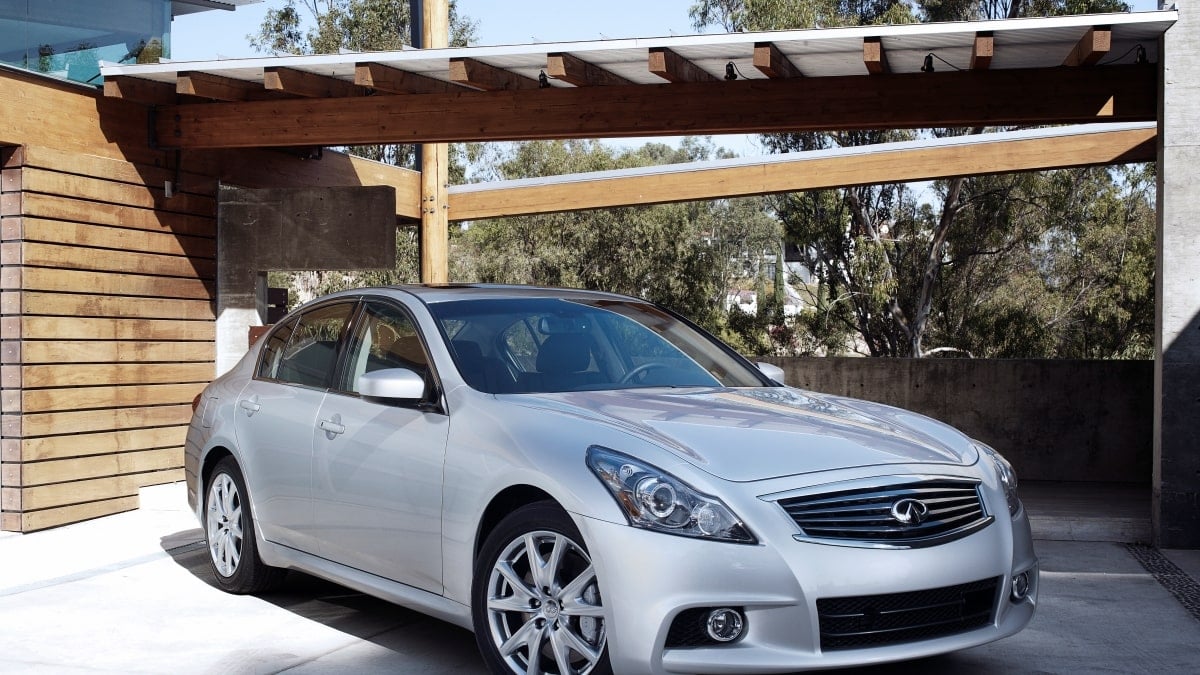
Sharing the same basic architecture with the Z33 and Z34 models, albeit with a varying wheelbase, the Infiniti G35 and G37 is a more luxurious take on the Japanese sports car from Nissan. The luxurious, two-plus-two interior makes it more usable while the VQ35 and VQ37 V-6 engines provide a good baseline.
While these engines benefit from great aftermarket support and are generally reliable, early VQ35 engines experienced some issues, including excessive oil consumption, problematic chain tensioners (VQ37 engines have a timing belt instead of a timing chain), and various sensors going bad. Overall, the Infiniti G37 is a better-sorted car, despite a recall for some of the earlier models.
For this reason, early Infiniti G35 variants are the best candidates for an LS V-8 engine swap. They are also much more affordable if you don't mind an older car. The G35 and G37 also come in four-door format, so if you LS-swap one, you are essentially having a Japanese Muscle car sedan.
Toyota 86/ Subaru BRZ
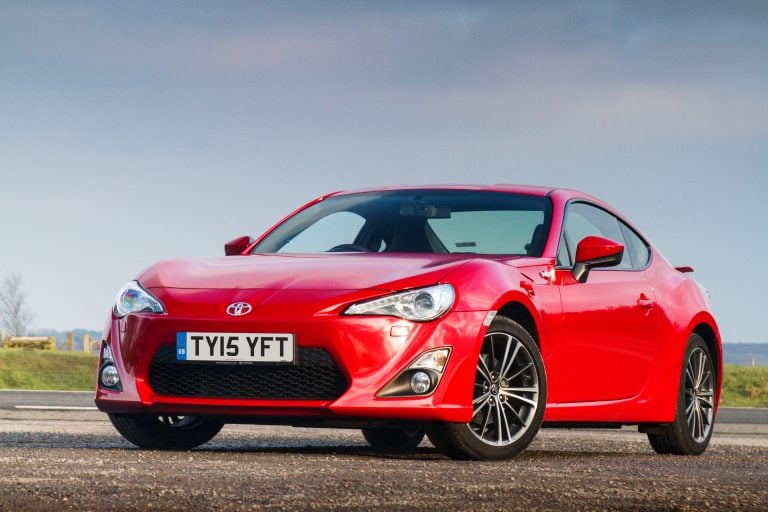
In 2012, Toyota collaborated with Subaru to give us a spiritual successor to the Corolla AE86. The car is great fun to drive, but it is not what you would call quick. To be honest, it didn't even feel like the 200 horsepower Toyota and Subaru claimed for the early variants. Getting an automatic transmission makes things even worse. While Toyota GR86 fixed much of the early car's issues, it still isn't enough for some.
Luckily, the FA20 engine can be swapped for an LS V-8. The American pushrod V-8 will require a beefier differential and rear subframe. All LS engines have a 90-degree V-angle, which means they sit almost as low as the stock boxer engine. It is possible to get away with the engine swap without extensive modifications to the front subframe.
Nissan 350Z/ Nissan 370Z
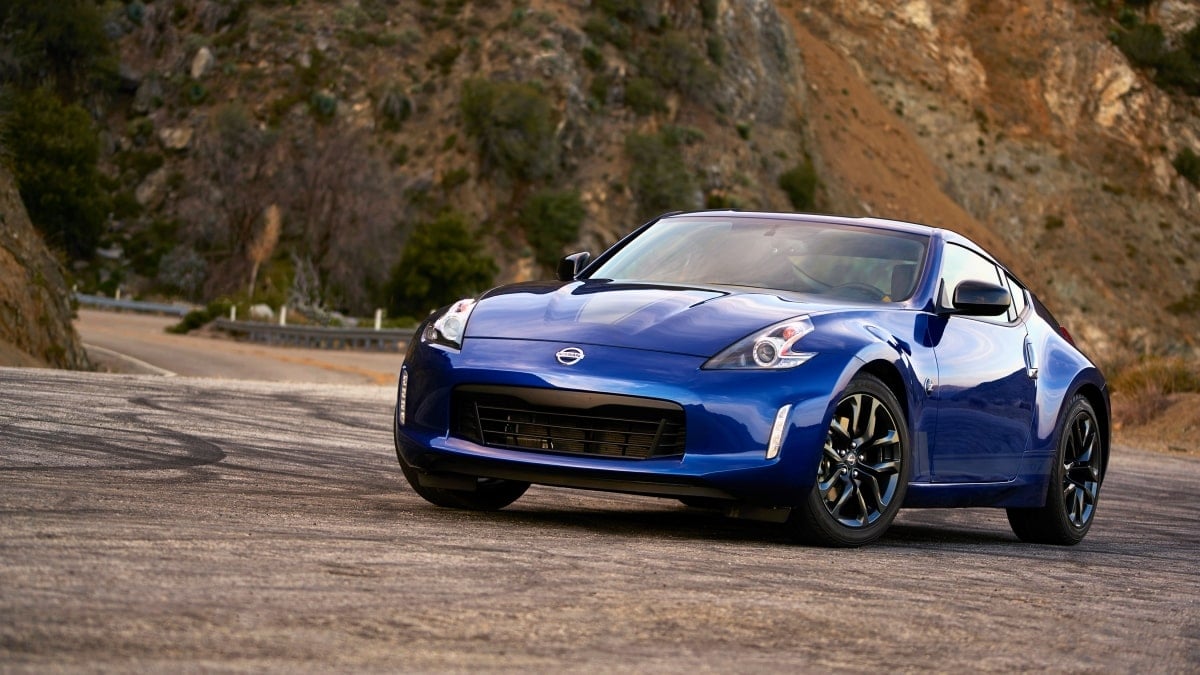
We already mentioned the Infiniti G35 and G37. Now it's time for their sportier counterparts, the Nissan 350Z and 370Z. These two-seaters come with a fun chassis setup, offering predictable oversteer, and a two-seat layout. The interior, especially on the 350Z, isn't great, but it's functional and driver-centric. The Nissan Z improves upon almost every aspect of the aging platform, keeping it relevant even after more than 20 years.
Like the early Infiniti G35 variants, the 3.5-liter V-6 does suffer from some common issues, including excessive oil consumption. Later models are more reliable and pack more power, with a higher redline. Regardless, when these engines, eventually give out, many people opt to swap in an LS V-8 engine, which is a fairly straightforward process. The LS engine sits lower and at 357 pounds, it is just 47 pounds heavier than the DOHC V-6 units these cars come with from the factory.
Mazda RX-8
The Mazda RX-8's sublime chassis doesn't get anywhere near its limits. In addition to being unreliable, the stock rotary engine came only in normally-aspirated form (unlike the RX-7), and was, literally, gutless at low to mid RPMs. The front subframe doesn't require extensive mods, although some of the accessories, like the ABS module, would need to be relocated.
The rear subframe will require some modification to accommodate a stronger differential and a new driveshaft. An LS3 crate engine will, effectively, double the stock power of the range-topping Mazda RX-8 variant. I would be interested in seeing whether Mazda's new rotary sports car will meet the same fate as its rotary predecessors.
Datsun S30 240/260/280Z
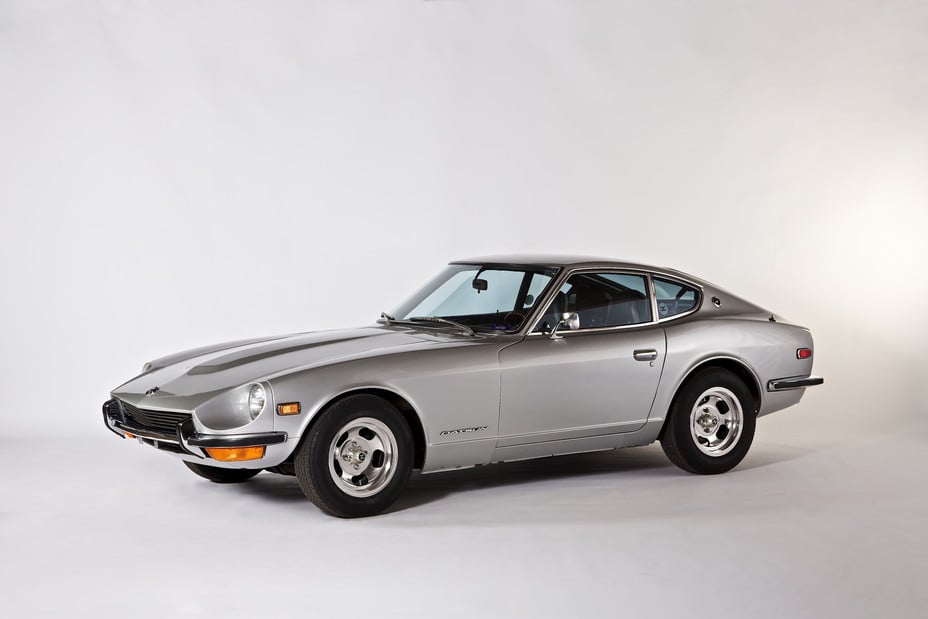
Swapping anything different than a Japanese inline-six engine into the original Datsun Fairlady Z (and its successors) would be viewed as sacrilege by all JDM purists. That said, by the early 1970s, the Datsun Z was strangled by emissions and barely made 140 horsepower. Regardless of whether you decide to LS-swap a 240Z, 260Z, or a 280Z, the chassis will require serious modification.
These cars are known for severe rust issues. Even if you find a clean one, the stock chassis rigidity isn't strong enough to handle the V-8 engine's torque. Back when the 240Z was brand-new, it was one of the most aerodynamic cars of its day, with a drag coefficient of 0.39. For this one, you will need to go all out, but the result will be worth it.
Mitsubishi 3000GT/ GTO
One of the less-common Japanese cars to receive an LS engine swap is the Mitsubishi 3000GT, also known as the GTO on the Pacific market. This was one of the most advanced cars of its day, featuring rear-wheels-steering, active aero, and a plethora of other advanced features.
The biggest downside of the Mitsubishi 3000GT is that it comes with a transversely-mounted V-6 engine, from the factory, so the front subframe will require extensive modification. Ideally, you want to find a VR4 variant as it comes with all-wheel drive and makes for an easier conversion (base models are front-wheel drive).
The video above perfectly showcases everything involved in LS-swapping a Mitsubishi 3000GT. This particular LS-swapped Mitsubishi 3000GT is all-wheel drive, but it does feature a disconnect switch. Needless to say, a lot of work has gone into making it work.
Before writing this article, I went on Reddit to see what other Japanese cars people are LS-swapping. An LS V-8 engine seems to be the universal engine swap, but tell us, which other engines would you go for? Which other cars do you think can best benefit a V-8 engine swap? Feel free to head to the comment section below and share your thoughts.
Dimitar Angelov's automotive interests made him an expert in a wide variety of vehicles. Japanese brands like Toyota are closest to his heart, although performance cars in general are his favorite segment, which is why he is constantly on the lookout for the best deals on the market. Dimitar Angelov's car passion and knack for the written word led him to complete a Master of Arts in Media and Communications, and classic car restoration. Dim is happy to get behind the wheel of any car and share his impressions. You can follow Dimitar on X, Linked-in, Instagram, and Facebook.
Image source: LS Engine, Nissan 370Z, Toyota GT86, Datsun 240Z, Mazda MX-5 Miata, Infiniti G37 Sedan

